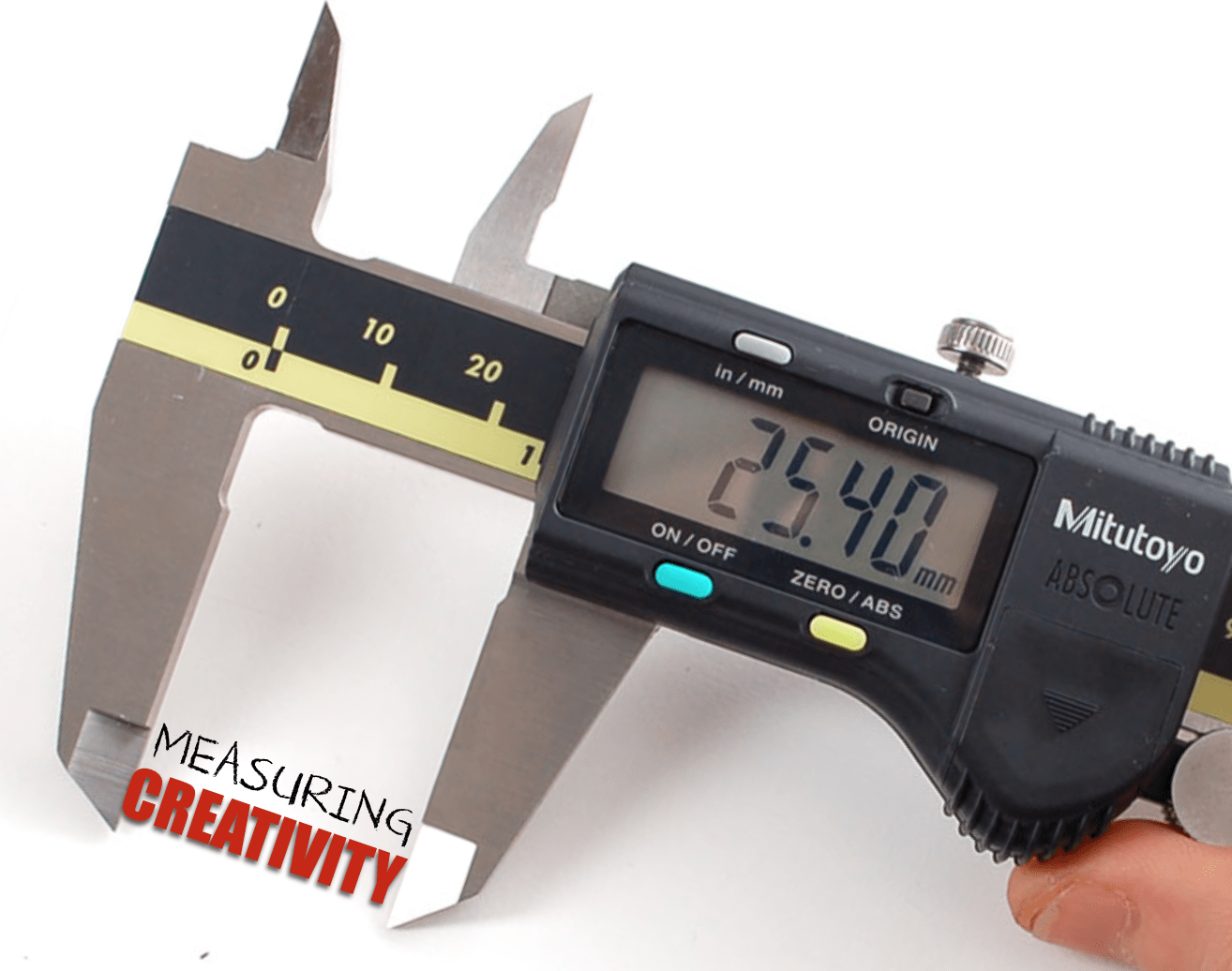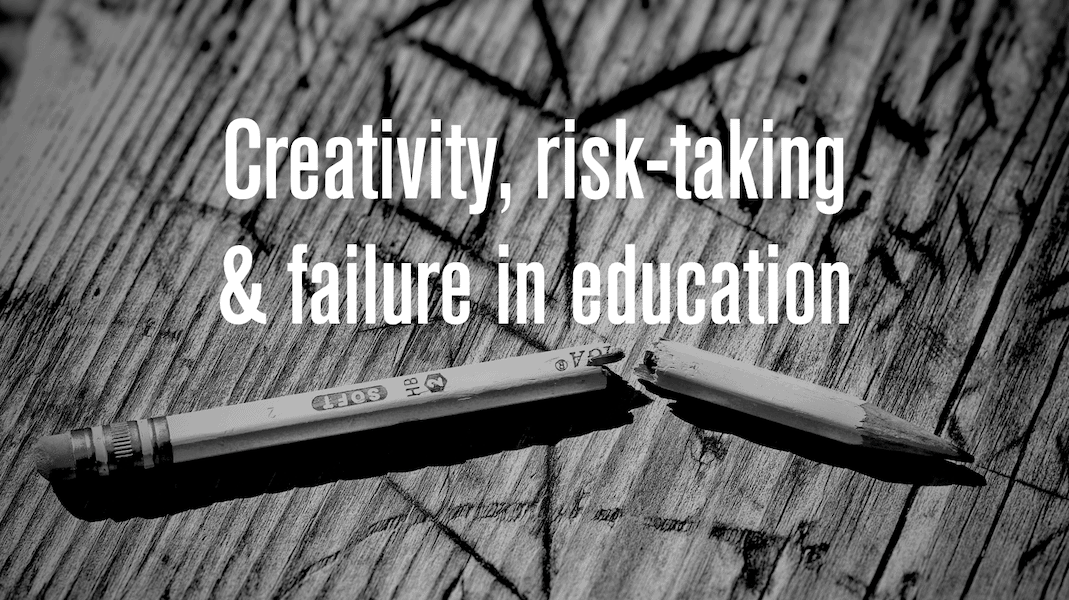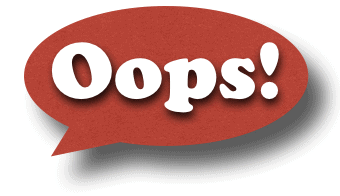Note: There is a more recent, May 2023 post (Scaling up the SCALE instrument) that offers
an update on other researchers who have utilized the instrument for their own research.
Creativity is a key educational goal and essential 21st century skill. That said, much of the existing research in the field of creativity has focused on individual, psychological, and/or personality variables, which, while important, offer minimally practical advice to educators. The intentional design of learning environments is an area that has not seen much attention in the literature, yet it is profoundly important to supporting creativity in children.
In a recent paper (link below) Carmen Richardson and I propose an instrument (Support of Creativity in Learning Environment: SCALE) that is designed to assess the ways in which a learning environment supports student creativity. SCALE is modeled on The Three-Minute Classroom Walk-Through and is a short, focused, and informal instrument aimed not to evaluate the teacher but rather to gather information about practice. SCALE measures three different aspects of a learning environment: Learner Engagement; the Physical Environment; and the Learning Climate.
The complete process that led to the development of the SCALE instrument can be found in:
Richardson, C., & Mishra, P., (2017). Learning Environments that Support Student Creativity: Developing the SCALE. Thinking Skills and Creativity https://doi.org/10.1016/j.tsc.2017.11.004
The actual instrument, along with some background information and instructions for use can be found below:
Richardson, C. & Mishra, P. (2017). Support of Creativity in Learning Environment: SCALE).




I am really grateful to be a part of such informative webinar
Good creative information is shared, it is all about creative thinking.